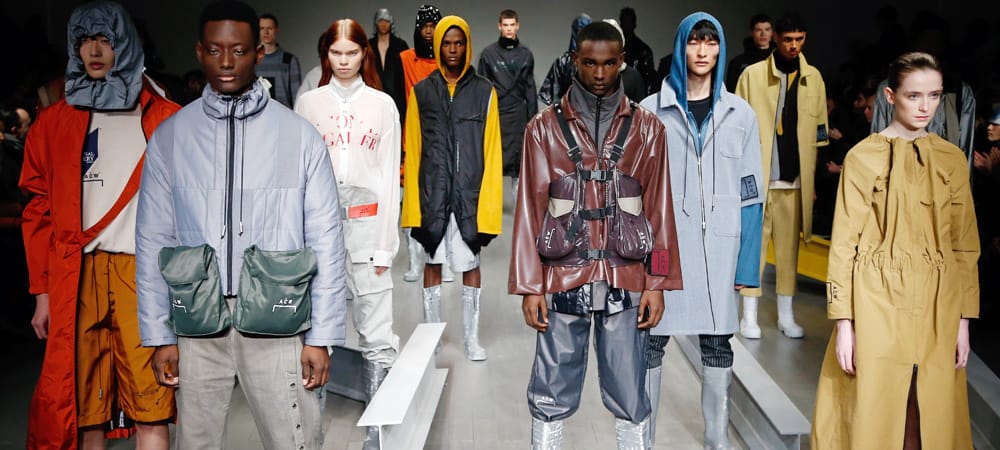In his 1989 classic Back To The Future II, filmmaker Robert Zemeckis attempted to predict what the world might look like 30 years ahead and in fashion terms, he wasn’t massively far out. Self-lacing Nikes, automatically heated jackets, virtual reality shades – sure, they might still be in the prototype stage or not work as slickly as intended, but they’re there. We have them. We are the future.
The foundations of ‘our’ future, at least what we can reasonably expect to happen in the next 10 years, have been built already, it just depends on how far they’ll go. Artificial intelligence is taking over the way we shop online, clocking our purchasing habits for a subtle (or not so subtle) tailored shopping experience.
Global etailer Farfetch is helping develop a cryptocurrency that in some roundabout way could stamp out designer counterfeits. Luxury fashion overlord
In terms of the actual fashion, past decades of style are likely to return, new brands will come into the sphere while old players will grow or flounder, and the rapidly changing work dress codes will have a huge impact on the suit. The sustainability agenda will play probably the most important role in fashion in the next decade, as recycling technology becomes proliferated among brands and designers. Expect all your rainwear to be made out of recycled fishing nets and milked bottles, basically.
But predicting this future, or the future of anything, is one best reserved for the people who are likely going to be at the forefront for pushing those developments. This is exactly why we’ve asked them, from designers and CEOs to people whose literal job it is to predict the future. No time-travelling DeLoreans just yet, we’re afraid.

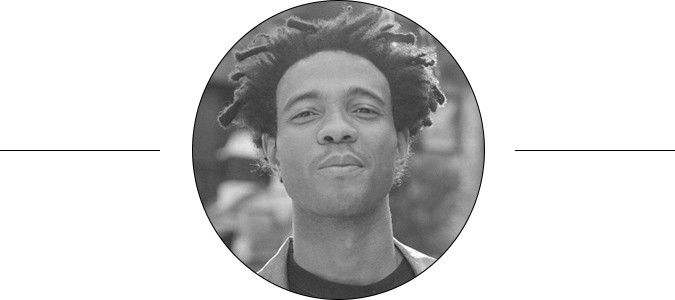
‘The Suit Will Be Worn Like A Tracksuit’
Charlie Caseley-Hayford, Designer
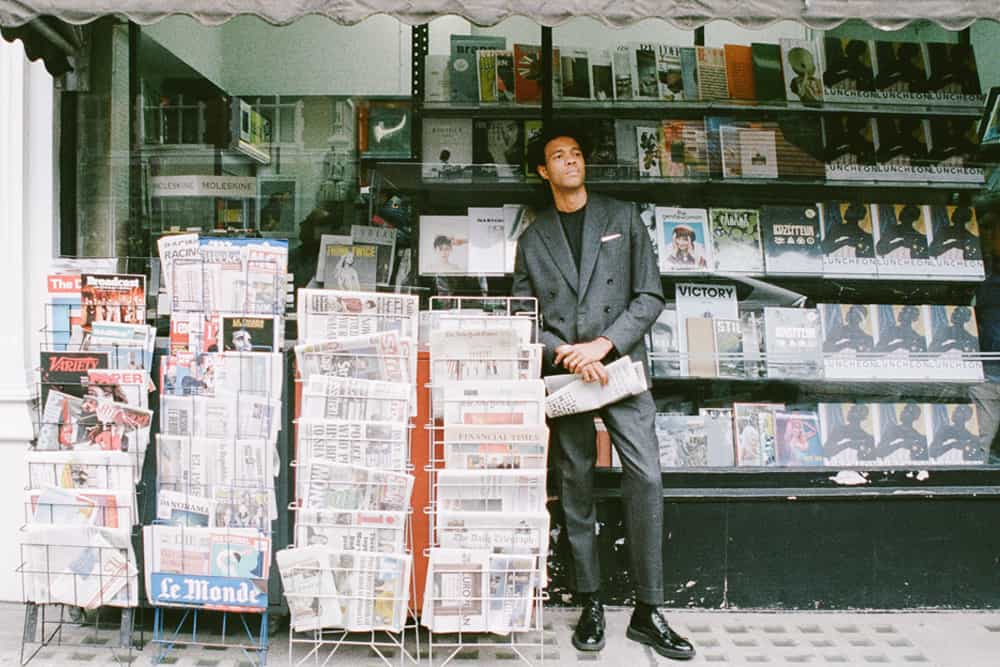
There has been a move away from formality even within the city over the last five years. On a basic level, men are not wearing ties. I think that shift will just keep moving further and further away from the traditional suit.
We’re getting a lot of clients now coming in who don’t necessarily have to wear a suit for work. But they want to wear one casually in the way you’d wear a tracksuit. They’re looking for that comfort. That will become a classic part of a man’s wardrobe over the last decade where the suit is worn in quite a different way to how it has been over the past couple of hundred years.
On a technical level, we’re seeing and I imagine this being normalised, a completely unstructured jacket with no canvasing and no shoulder pads so it’s just like a cardigan. It still looks sharp but you can separate it and just pair it with a T-shirt, trainers and drawstring trousers.
Whilst I think there are a lot of guys wearing that look already I think in 10 years that will just be the standard, the accepted look for men at all levels, with the idea that the rigidity has been completely removed from tailoring.


‘AI Will Be Your Personal Stylist’
John Boumphrey, Vice President of Amazon Fashion
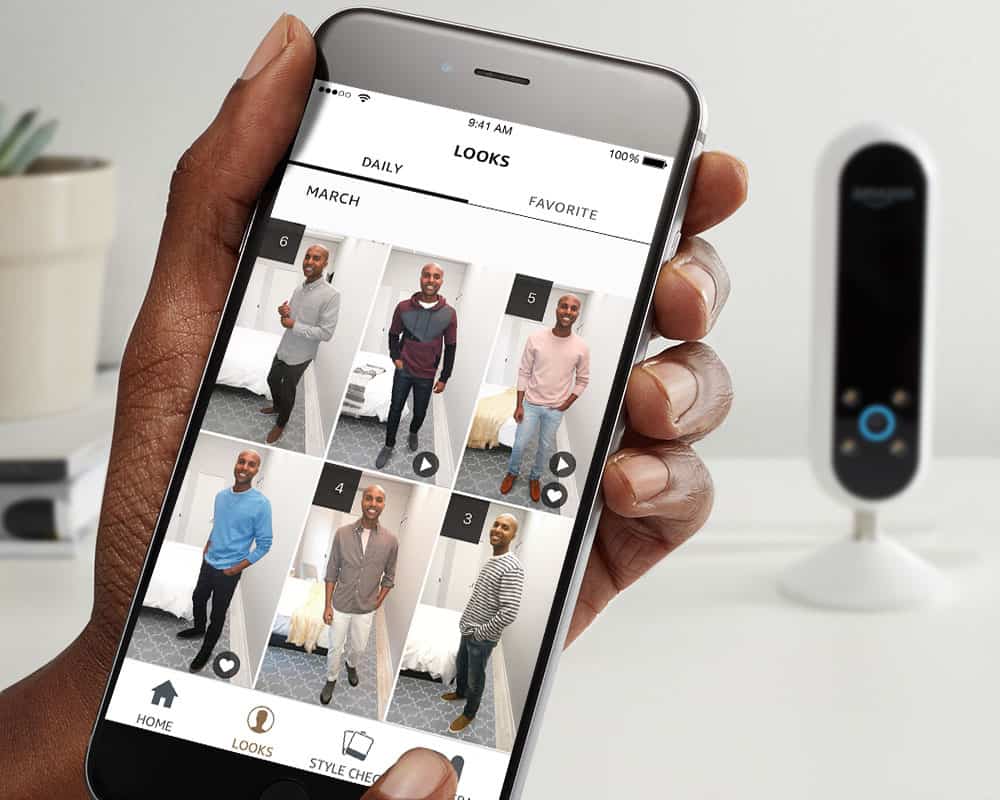
Technology will continue to advance but it needs to serve the customers. We need to offer them a broad variety of brands and collections and in turn, we want to help them to find their perfect style. StyleSnap, which we have introduced for customers in the UK this year, is an AI-powered visual search feature available on the Amazon app that allows customers to discover inspiring fashion finds by simply uploading screenshots of looks they like.
Fashion, like every other industry, is evolving – and customers have an increasingly strong voice. Social media platforms including Instagram have certainly played a major part in this and will only continue to grow. The Drop is one of our latest innovations that ticks these boxes, offering a new fashion shopping experience that offers customers access to limited edition collections, designed by fashion influencers from around the world, with every piece made-on-demand once customers have placed their order.
In sum, that marriage of content and technology is really transforming the way people consume information, and how they shop for fashion.


‘VR Will Allow You To Create Your Own Clothes’
Katy Lubin, Vice President Of Comms At Lyst
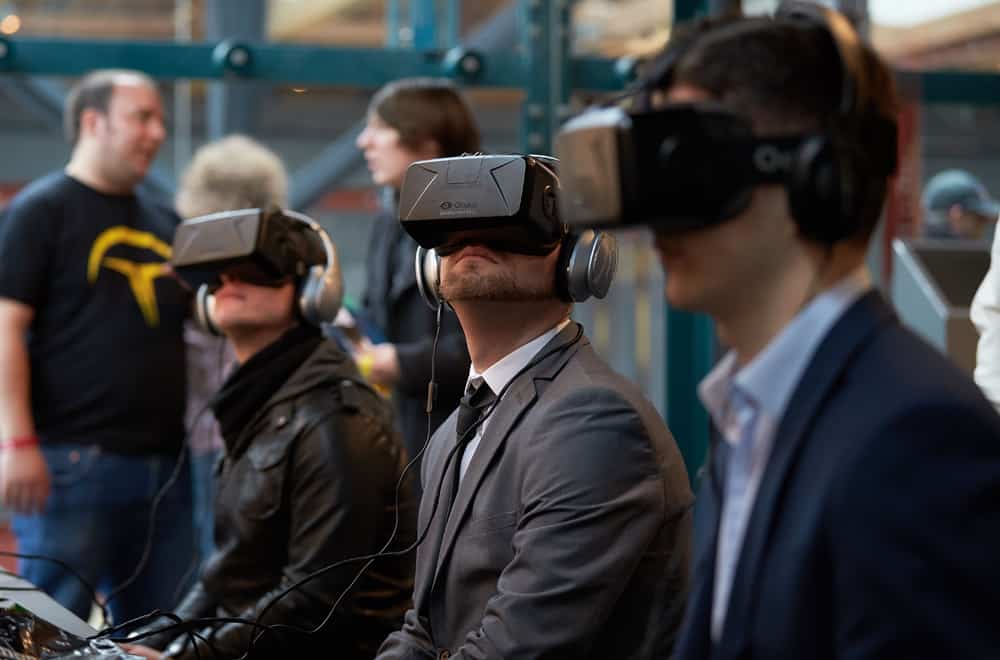
By 2030 we’ll still be spending on virtual pieces – something we’ve only touched on in the last decade – from branded skins in games to incredible custom designs that you could never feasibly create or wear in the real world.
Virtual reality will let us push our fashion imagination further and creativity will be enhanced by its endless possibilities, as we express multiple versions of ourselves by styling digital avatars.
We will also see mind-blowing personalisation at every touchpoint in the fashion shopping journey. Imagine every piece custom designed exactly how you want it, and made exactly to fit your specifications. That’s real luxury.


‘Consumers Will Decide The Price Of Streetwear’
Derek Morrison, Director Of Europe For StockX
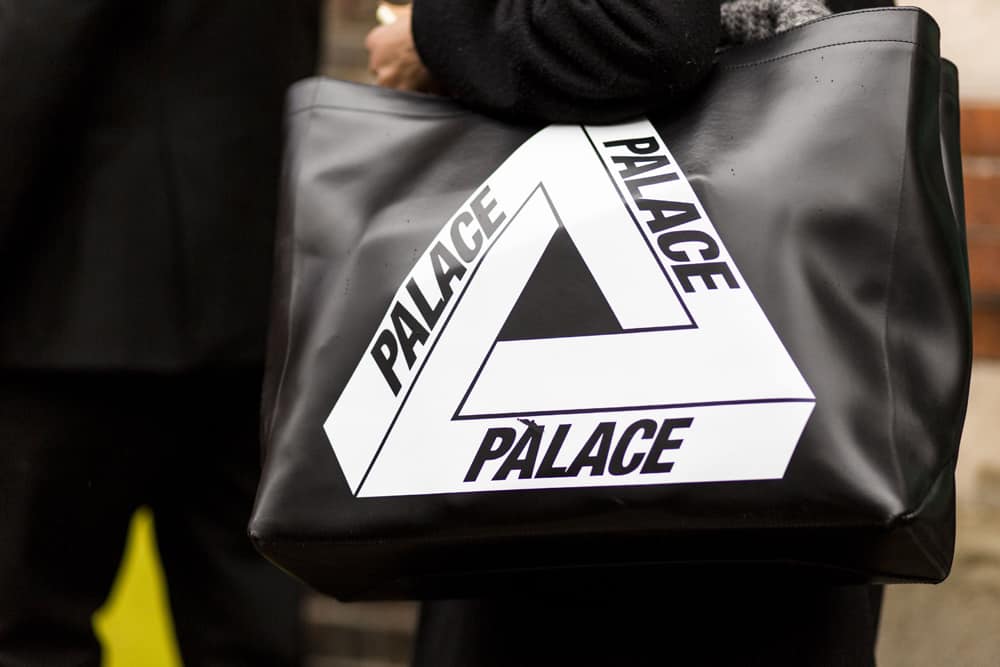
It is always interesting to wonder what new designers will come into the fray. I’m curious to see how a brand like Supreme will keep performing over the next 10 years. We think of fashion as a 25-year cycle and we’re [at] 25 years of Supreme now. How will it continue to scale globally? We’re at the anniversary of some of these reverential brands in streetwear and I think from a brand perspective that’s going to be interesting to watch.
I would keep an eye on what Aries and Liam Hodges are doing over the next decade. London, in particular, has always had a strong voice in shaping streetwear culture with brands like Palace, Gimme 5, and people like Kim Jones at Dior, which will certainly continue strongly into the next decade.
Streetwear is quite uniquely unisex in terms of the look but I hope we’ll see a lot more unisex sizing over the existing brands so everyone can participate more widely in the way they want to.
Drop culture will also evolve. At the moment, some brand’s commercial strategies will often try to leverage scarcity to create a false sense of hype or demand. I think that will get harder to achieve as the marketplace becomes even more crowded, and people demand a product that’s meaningful, not just hype.
At StockX we see drop culture morphing into what we call our Initial Product Offering.
We did an Adidas IPO in October 2019 with three different sneaker designs. Adidas put them directly on Stockx and instead of setting a price point you went on to Stockx and put how much you’re willing to pay for your size. After 72 hours, we closed all the bids and all winners in a given size were charged the same amount – what is called the “Clearing Price. If the highest bid was £1,000 and the lowest was £200 then everyone got the shoes for £200. It’s the same shoe, everyone should pay the same price. There’s no fights, no campouts – just the product and how much you’re willing to pay for that.
That’s the big idea of StockX. We believe in empowering the consumer and giving them the data on how much they should pay. That’s the future of drop culture certainly, instead of a release where everyone is clambering to get it, the fans can’t get it and then it re-selling for a lot more.


‘Clothes Will Become Even Smarter’
Holly Friend, Foresight Writer At The Future Laboratory
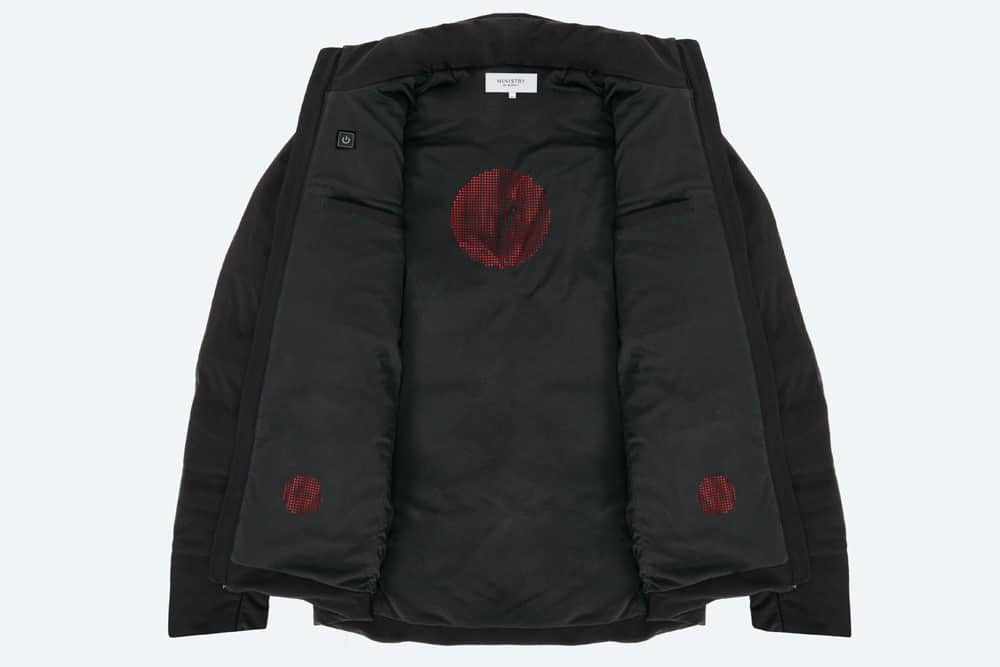
When it comes to fashion and technology, we’ll see our wardrobes becoming increasingly programmable. This emerging smart apparel will respond to the wearer’s movements and modify its form or functionality in response to each individual’s data. The technology is not only more inconspicuous, but it’s also becoming intuitive. Using artificial intelligence to react in real-time, these smart garments change with consumers, learning their preferences and behaviour, and subsequently pre-empting their needs.
Turning this concept into a reality, high-performance fashion brand Ministry of Supply’s most recent development is a jacket that uses AI to automatically heat them to their optimal temperature no matter what the surrounding environment.
And then as the fashion industry grapples with questions about overconsumption, their strategy should focus on digitisation, which offers a new route for consumers still seeking to engage with clothing brands.
A world of immaterial and digital fashion offers opportunities for brands to exert their creativity. For example, London-based 3D designer Catherine Taylor creates hyper-realistic virtual clothing that, when animated, still has the movement and physical properties of real fabrics.
While other industries have embraced digital tools such as 3D rendering, machine learning, and artificial intelligence, fashion has remained wedded to tactility and the physical. This could all change.


‘Supply Chains Will Become Transparent’
Nate Peltonen, Senior Merchant, Mens At Everlane

We’re living in a time where drop culture and fast fashion are still growing, yet it is clear that our planet is in a crisis. We knew we needed to take responsibility for creating a cleaner supply chain. For us, that means working with the cleanest denim factory, eliminating all virgin plastic from our supply chain by 2021, and doing extensive product testing upfront to increase the longevity of our products so there is less need to replace garments.
There’s so much choice now as well, but we believe that smaller, incredibly focused collections like our 12-piece ‘Uniform’ collection help take the guesswork and uncertainty out of the shopping experience, especially when making the decision to try a new brand for the first time.
We know more consumers are paying attention to how their choices impact the environment and we’ve seen a demand for that which will only increase in the next ten years.

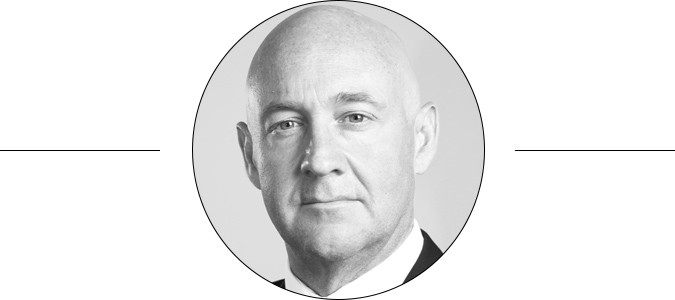
‘Wool Can Guide Fashion Into A More Sustainable Future’
Stuart McCullough, Managing Director At The Woolmark Company
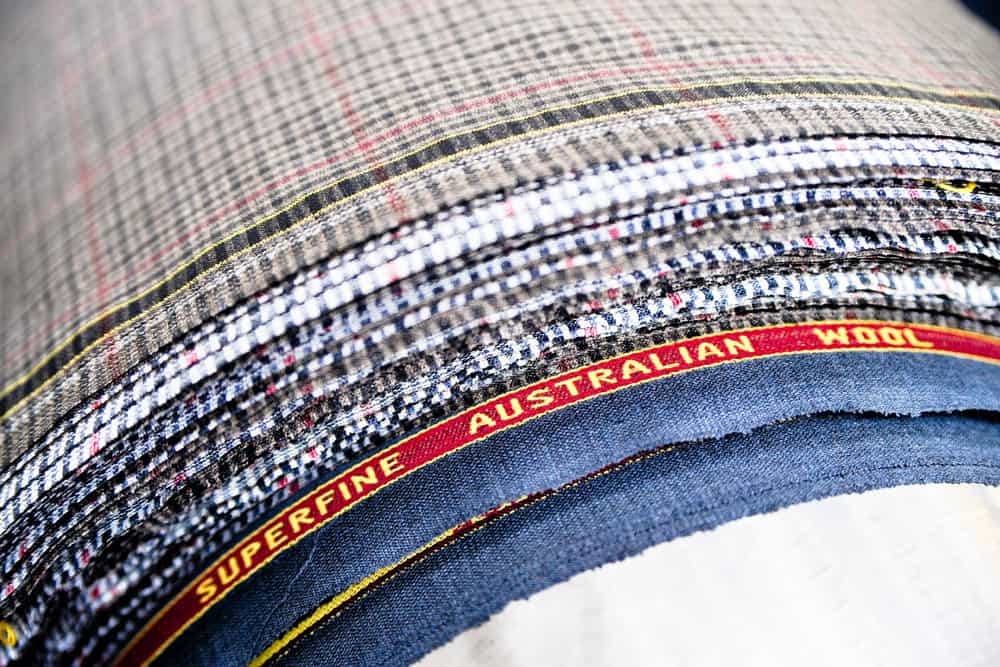
The next 10 years will undoubtedly have a greater focus on natural fibres, such as Merino wool, with designers and manufacturers having to put a greater focus on traceable and transparent supply chains as consumers become increasingly conscious of their purchasing decisions and more appreciative of the makers behind the products.
As the consumption model shifts towards a more sharable economy, the market for quality investment pieces intended to stand the test of time will grow, and wool is well-placed to satisfy this demand.
I believe the next 10 years will see greater opportunities for wool in the technical and sportswear category and there will also be an increasing focus on process innovation – manufacturing techniques which ensure menswear product development does minimal harm to the environment. Innovations such as zero-waste manufacturing processes and a more conscious way to manufacture overall, endorsing best practice within every supply chain.


’50s And ’90s Style Will Continue To Reign’
Olie Arnold, Style Director At Mr Porter
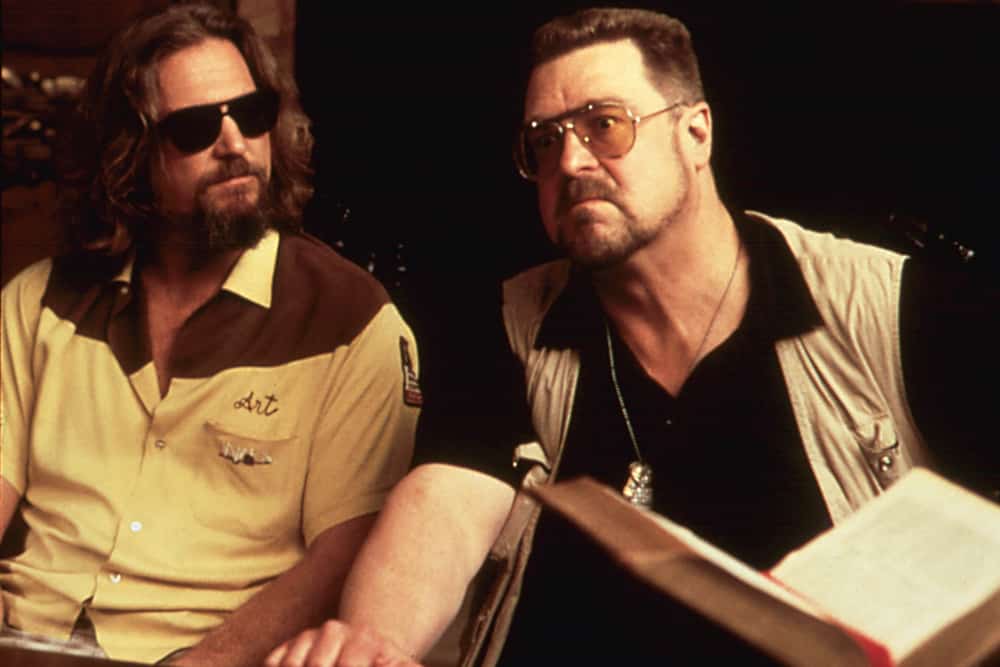
Trends always have a tendency of coming back around, and we’ve seen a great deal of 1950s, ’70s and ’90s influence in recent collections. There’s no doubt influences from these eras will reappear over the next few years.
As we look into the next decade, tailoring will become an even bigger, and more versatile part of the menswear scene and we’ll see men across all age groups interacting with suiting and separates in a wearable way. The most exciting trend to watch unfold is men’s changing attitudes towards style and shopping. Now more so than ever, men are braver in their fashion choices and have the freedom and confidence to express their individuality, and that will only progress further.

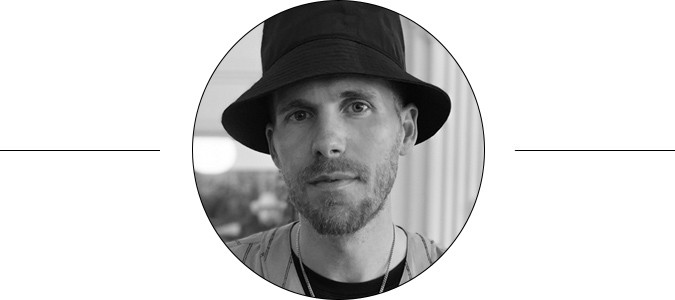
‘Augmented Reality Will Go Mainstream’
Morten Grubak, Creative Director Of The Last Statement Project With Carlings
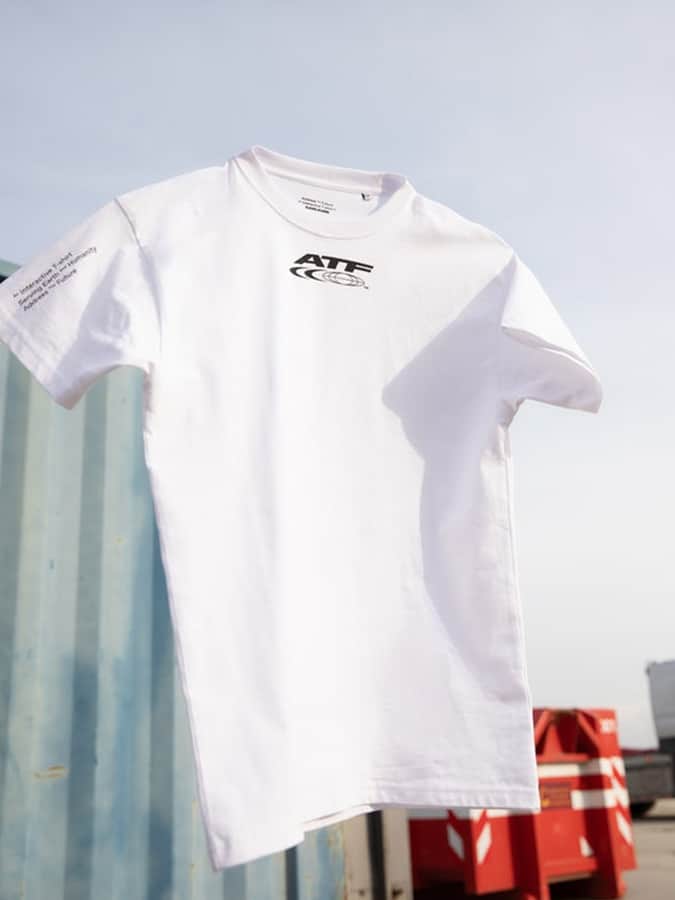
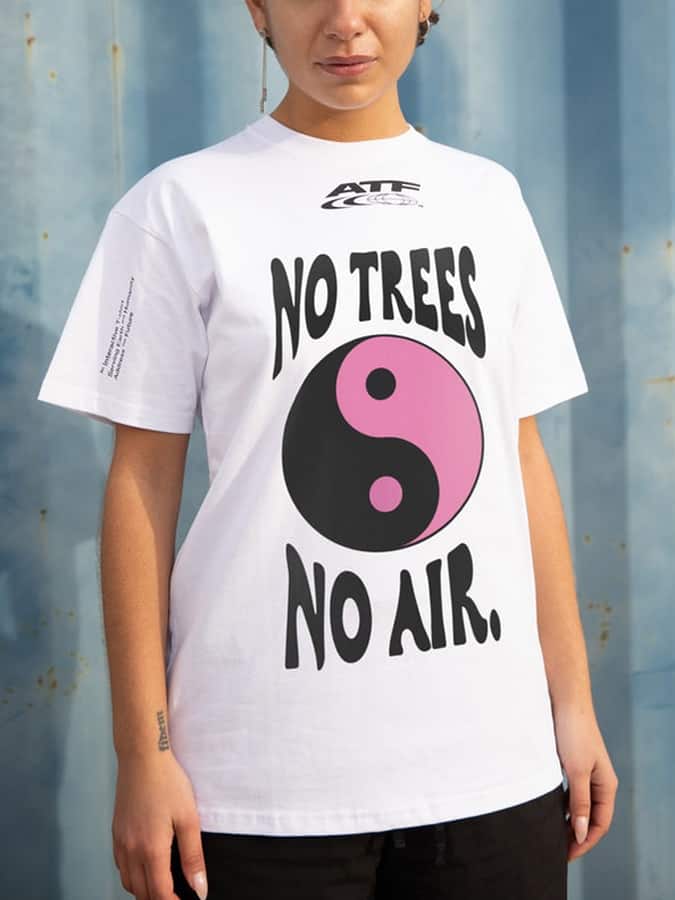
Ninety per cent of clothing worn today are the same fabrics and basic cuts our grandparents wore. But the techwear and gorpcore trends have shown us that material innovation has a huge role to play; and that there’s an appetite for more intelligent clothing. And as technical fabrics move out of the purely functional arena, it’ll soon become unthinkable for us to buy a garment that takes thousands of litres of water to produce, has to be washed after 12 hours and won’t last more than a few dozen wears.
Then, in terms of what we do and augmented reality with fashion, what we are seeing now isn’t even the 1.0 version – it’s the beta. If you look at patent filings, all of the big players are heavily invested in the next generation, and the one after that.
And when those technologies are released, AR fashion can move from an avant-garde experiment to a much more fluid experience, seamlessly integrated into daily lives, which will aid mainstream adoption tremendously. So the future might already be here, but it isn’t yet evenly distributed







